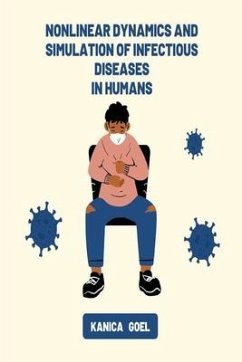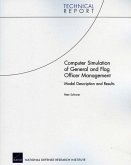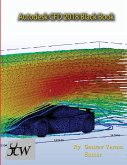An infectious disease is a disease due to a specific infectious agent or its toxic prod- ucts that arise through the transmission of that agent or its products from an infected person animal or reservoir to a susceptible host either directly or indirectly through an intermediate plant or animal host vector or the inanimate environment. Various microbes or pathogens cause infectious diseases. Most of them are generally microor- ganisms and few of them are observable by naked eyes. The most commonly known pathogens are different types of viruses and bacteria. Fungi and Proto: toa are also known as pathogens that are responsible for many diseases. Diseases caused by these pathogens are termed as "infectious" as these pathogens can be transmitted from one infected per- son to another non-infected person. The most common and well-known example of such diseases is intluen'.a or tlu caused by some kinds of viruses. Pathogens can be transmit- ted either directly or indirectly. Direct transmission involves the spread of pathogens by direct body-to-body contact, such as mother to child as exemplified with HIV, Zika, and syphilis, touching (MRSA), kissing (herpes simplex virus), and sexual contact (hu- man papillomavirus or HPV). Indirect contact transmission occurs when pathogens are transferred between individuals via a contaminated intermediate person, object, or en- vironmental surface 53J. Many infectious diseases (for example, HIV, mumps, measles, rubella, smallpox, malaria) are still prevalent at local or global scales and threaten public health. An outbreak of an infectious disease affecting a disproportionately large number of individuals in a population, community, or region within a short period is known as an epidemic. Infectious diseases can spread in various ways, and pathogens cause infections by dif- ferent modes of transmission. Contact is one of the most critical and frequent methods of transmission of infectious diseases. It can be either direct or indirect. Direct contact involves the physical transfer of microorganisms to a susceptible host from an infected or coloni'.ed person. Direct contact includes a large droplet spread of infectious agents. Other direct contact transmission examples are kissing, shaking hands or other skin con- tacts, sexual contact, and soil contact. Indirect contact occurs when organisms from an infected host or other reservoir are transmitted to a susceptible host via a contaminated intermediate object. Indirect contact transmission may be airborne, vector-borne, or vehicle-borne. Many diseases, e.g., infiuen'.a, SARS, are airborne and can be transmitted through the air. The airborne infection spreads from an infected person to an uninfected person through snee'.ing, cough, and even laughter. The microbes that are discharged from an infected person may remain on the dust particles or any other medium.







